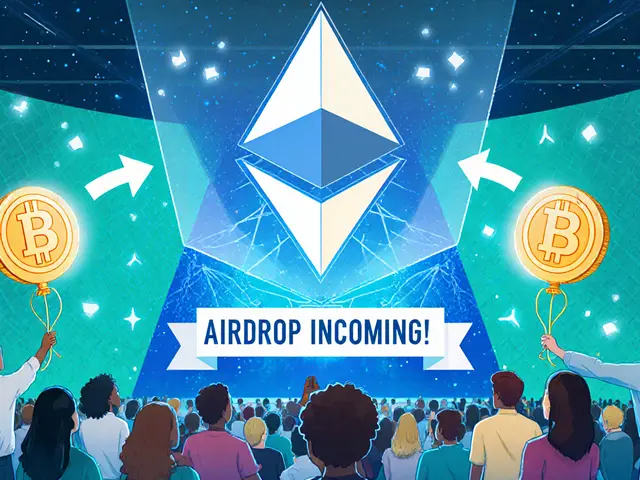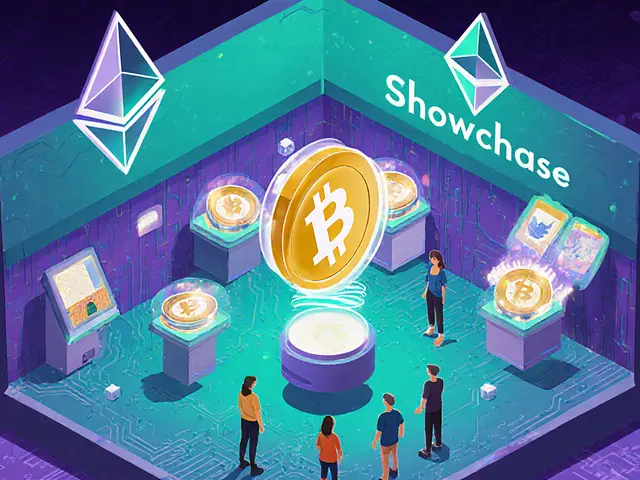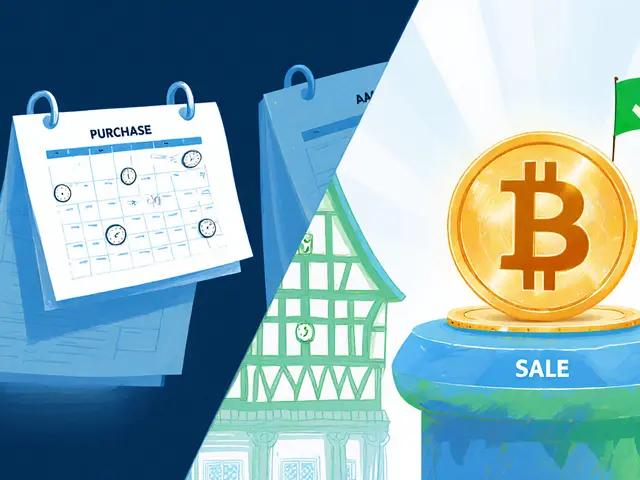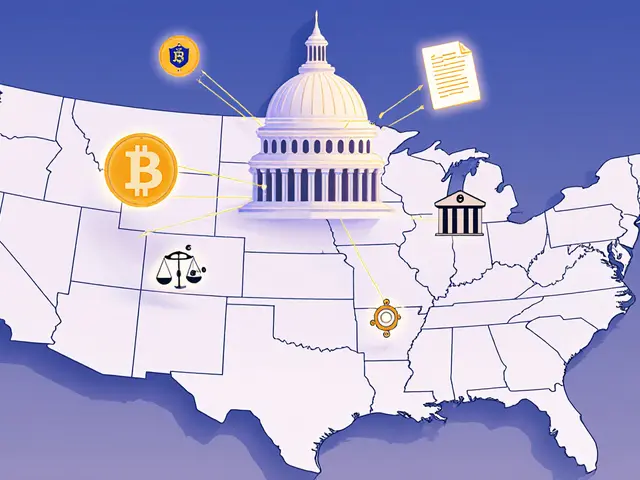OwlDAO Rewards – Everything You Need to Know
When diving into OwlDAO rewards, the token incentives that the OwlDAO ecosystem hands out to participants, you quickly see why they matter to both developers and everyday investors. Also known as OWL token drops, these rewards are tied to on‑chain activities such as voting, liquidity provision, and community tasks. The more you engage, the larger the slice of newly minted OWL you can claim, which makes the system a practical way to earn while supporting network growth.
OwlDAO rewards sit at the core of OwlDAO, a decentralized autonomous organization built on the Solana blockchain that manages the OWL token treasury. OwlDAO runs on governance voting, an on‑chain mechanism where token holders propose and approve actions that determine everything from fund allocation to new reward programs. Each proposal is recorded immutably, so participants can audit decisions and see exactly how rewards are earmarked. This transparent link between voting power and token distribution encourages active involvement and keeps the ecosystem aligned with holder interests.
One of the most common routes to earn liquidity mining, supplying assets to a pool in exchange for reward tokens is by staking SOL, USDC, or other supported assets in OwlDAO‑approved pools. The protocol measures your contribution against the total pool each epoch and hands out a proportional share of OWL tokens. In parallel, the DAO may launch an airdrop campaign, a free distribution of OWL tokens to eligible wallets to celebrate milestones or boost participation. To claim, you simply connect your wallet on the official dashboard, verify eligibility (often a snapshot of recent voters or stakers), and click “Claim”. The process is designed to be frictionless, letting users convert past activity into immediate token value.
Reward calculation follows a straightforward formula: Reward = (User Stake ÷ Total Pool) × Total Reward Allocation. Because the numbers are public, you can estimate earnings before locking funds. OwlDAO publishes a quarterly allocation schedule that breaks down how many OWL tokens are set aside for mining, voting incentives, and community grants. Monitoring these schedules helps you decide whether to shift assets between pools or focus on governance participation. However, the upside comes with risks: smart‑contract bugs could freeze assets, and sudden changes in allocation might reduce future payouts. Always double‑check that pool contracts are audited and stay tuned to DAO announcements. Since OWL is a utility token, local crypto regulations may affect how you report earnings, so consider tax implications before claiming large airdrops.
Below you’ll find a curated collection of articles that unpack each of these points in detail—step‑by‑step guides for claiming airdrops, deep dives into liquidity‑mining strategies, and analysis of upcoming reward cycles. Use them to fine‑tune your approach, stay ahead of policy updates, and maximize the value you earn from OwlDAO rewards.
Learn how to join the OwlDAO x CoinMarketCap airdrop, understand the reward pool, follow step‑by‑step participation instructions, and see what to expect after the campaign ends.


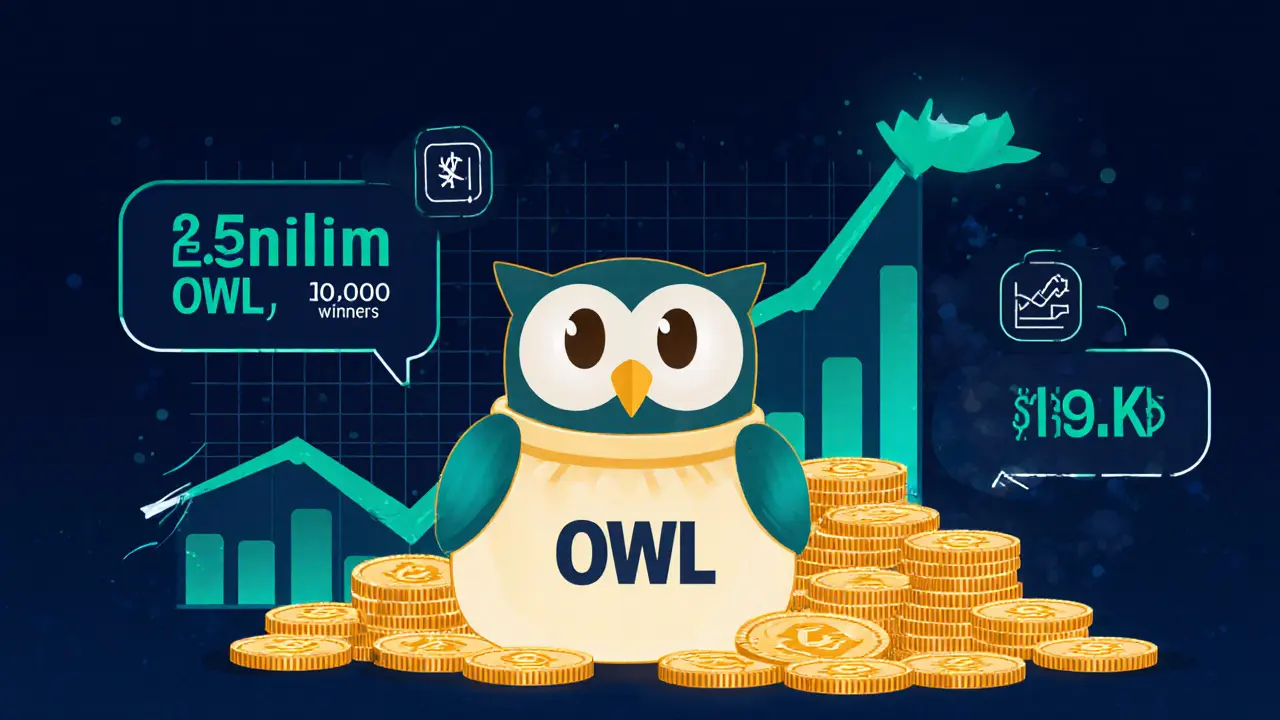
 Finance
Finance
